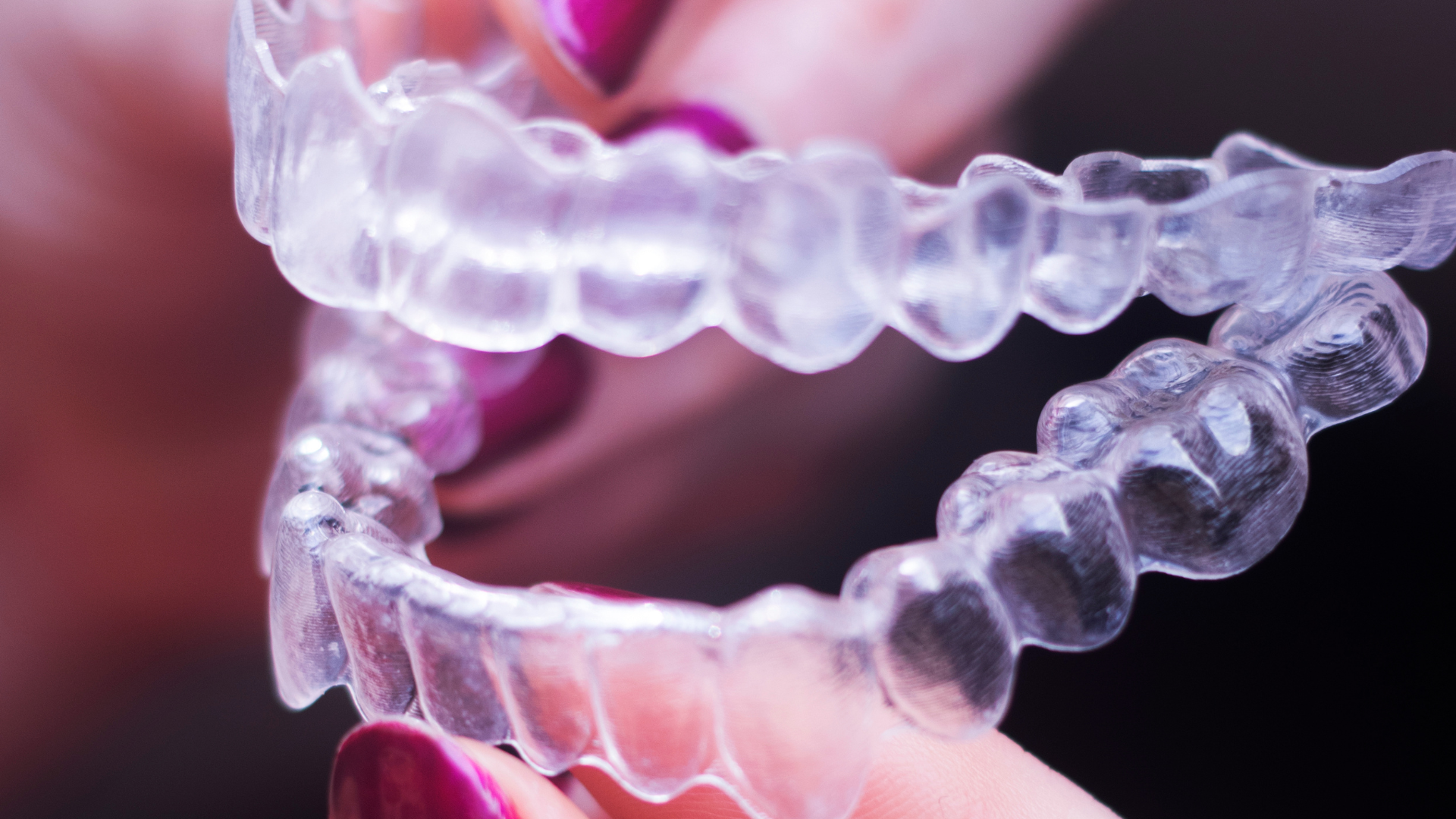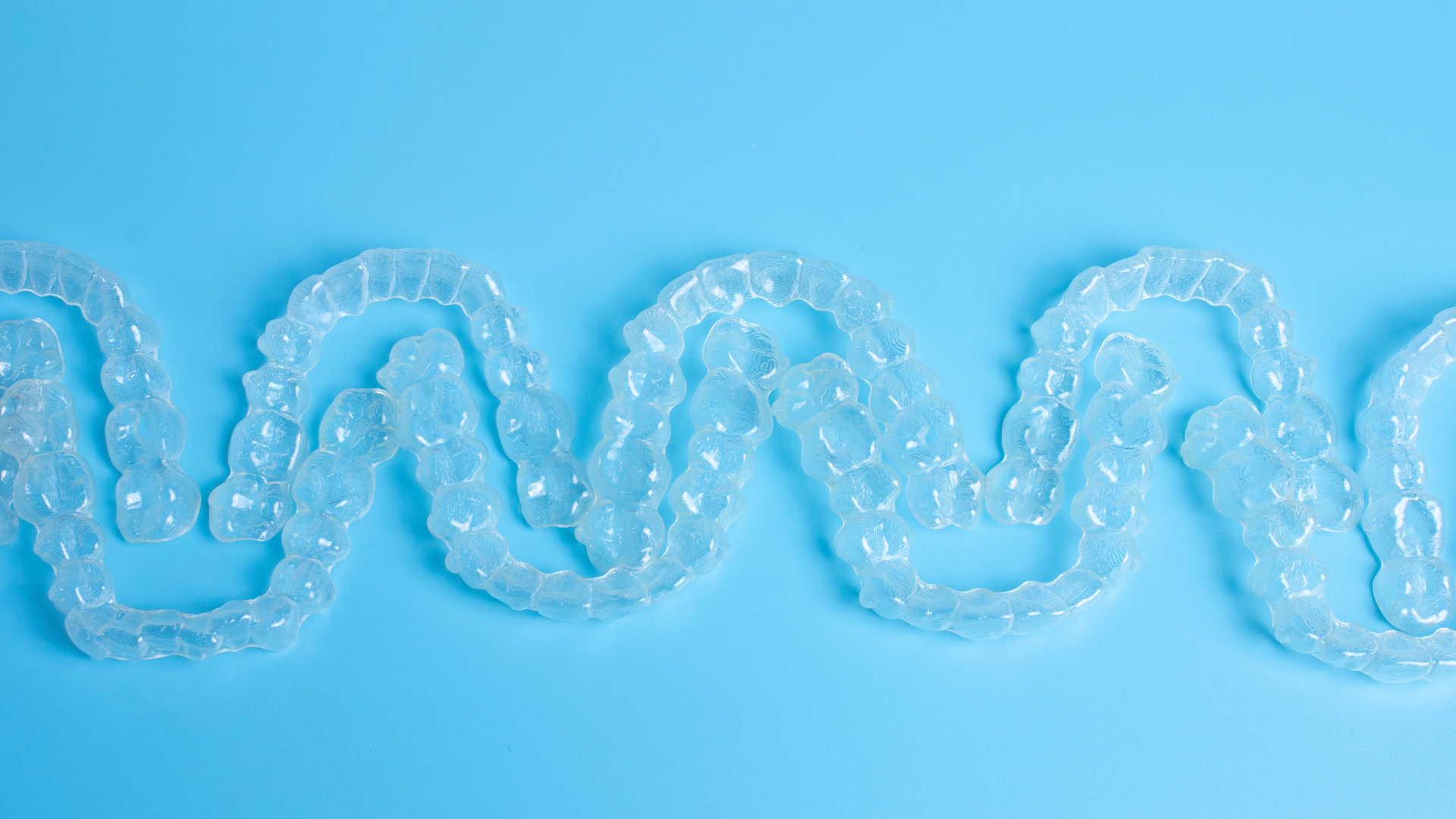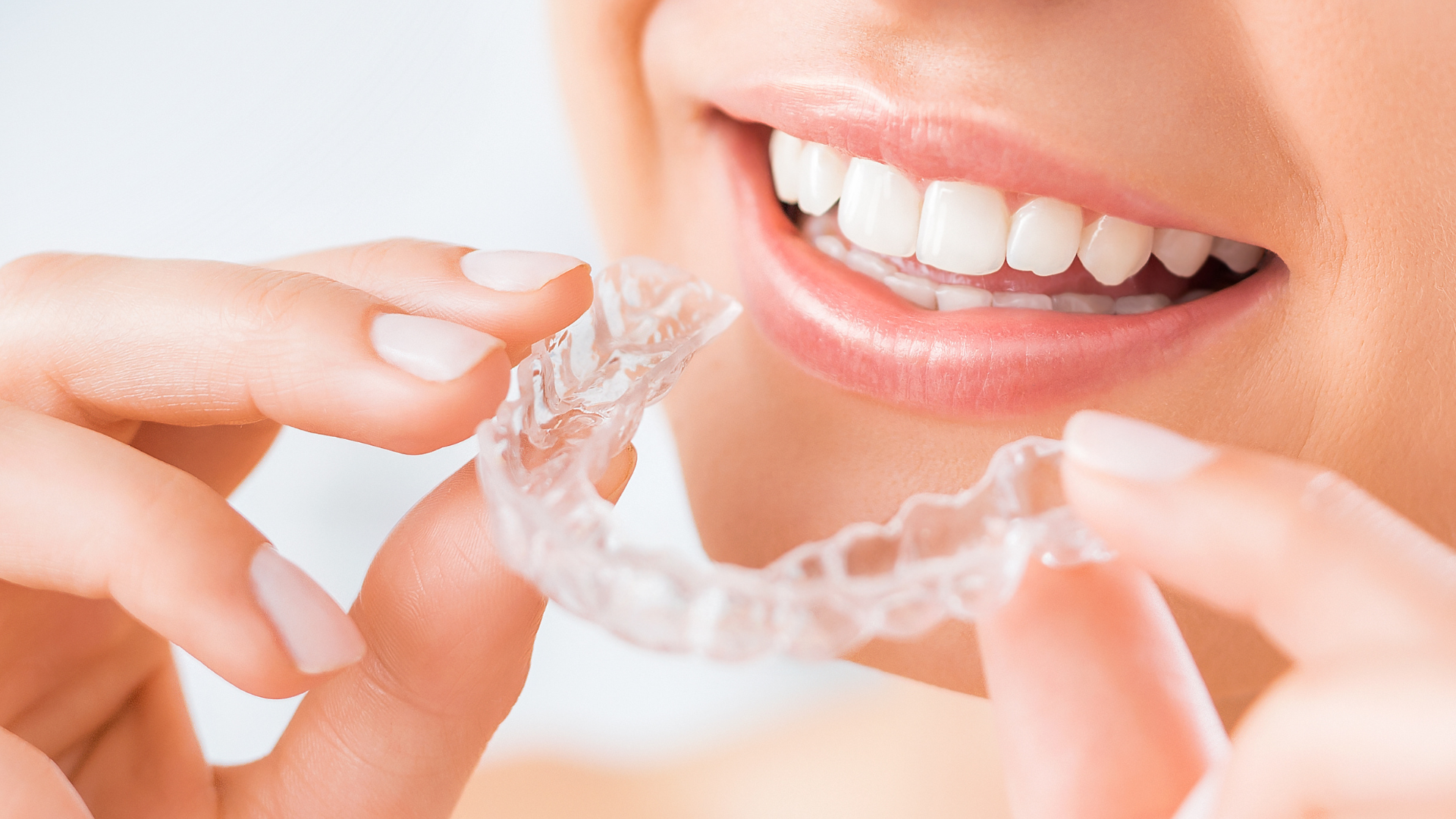How to Tell If Your Tooth Pain Is an Emergency
Tooth pain can range from occasional discomfort to a serious issue that needs urgent care. Understanding the difference between ordinary aches and emergency tooth pain can help you act quickly and protect your oral and overall health. This guide outlines the key warning signs of dental emergencies, provides self-care advice, and explains when to seek professional help. With expert insights and real-life examples, you’ll feel equipped to respond confidently if pain strikes.
Understanding Tooth Pain: Not All Pain Is an Emergency
Tooth pain can stem from various sources—from sensitivity to decay, infection, or trauma. While mild, fleeting pain (like sensitivity after eating sweets) might not be urgent, persistent or severe pain should raise concern. The Canadian Dental Association recommends contacting your dentist if pain lasts more than two days, is intense, or disrupts daily life. Taking early action helps prevent minor issues from developing into serious emergencies.
1. Intense, Constant, or Throbbing Pain
Severe, persistent toothache—especially pain that throbs, wakes you up at night, or spreads to your jaw, ear, or neck—strongly suggests an infection or abscess. An abscess is a bacterial infection in the pulp or root tip, which can lead to swelling, bad taste, or systemic symptoms like fever. Prompt treatment is essential, as infections can spread to your jaw or even your bloodstream if left unchecked.
2. Facial Swelling or Redness
Swelling of your face, cheeks, gums, or jaw often accompanies severe infections or abscesses. If this swelling impacts breathing, swallowing, or speech, it's a serious red flag—isolate; emergency attention is needed. These signs indicate that the infection may be spreading, and even the oldest home remedies may not be enough to prevent complications.
3. Fever, Fatigue, or Swollen Lymph Nodes
Systemic symptoms like fever, chills, or swollen lymph nodes under your jaw are hallmark indicators of spreading infection. According to Mayo Clinic and Cleveland Clinic resources, these must be taken seriously and handled swiftly. If your throat tightens or breathing becomes difficult, don’t wait—head straight to the emergency room.
4. Damage from Trauma: Knocked-Out or Cracked Teeth
A knocked-out (avulsed) permanent tooth is a time-sensitive emergency; success in reimplantation drops sharply after just 10 minutes, so act fast. Chips or cracks aren't always emergencies—unless they cause pain, sharp edges, or expose the pulp. Call your dentist immediately if pain worsens, fragments are sharp, or swelling appears.
5. Severe Pain When Biting
If your tooth hurts intensely upon biting, this could signal a cracked tooth, failing filling, loose crown, or sinus-related pain . Watch for tenderness, sharp pain, or discomfort with temperature changes. Dental evaluation is critical to prevent worsening fractures or infections.
6. Abscess or Pus Formation
Pus near a tooth, a gum boil, or a bad taste in your mouth typically indicates a draining abscess, yet the infection remains present. Pressing abscesses can relieve pressure temporarily, but the infection persists and can spread. Professional drainage and antibiotic treatment are necessary to prevent severe complications like jaw osteomyelitis.
7. Persistent Bleeding or Soft Tissue Injury
Bleeding gums, deep mouth lacerations, or soft tissue injuries from trauma can be emergencies—especially when bleeding won't stop after 10–15 minutes of pressure. Clean the area gently and apply firm pressure. If bleeding persists, seek immediate dental or medical care.
8. Severe Jaw Pain or Trismus
Difficulty opening your mouth or severe jaw pain can be signs of serious infections like pericoronitis or cellulitis. Left unaddressed, they can progress to airway-limiting conditions. Prompt professional evaluation ensures early treatment and prevents emergencies.
Home First Aid for Tooth Pain
While seeking care, you can relieve symptoms at home:
- Warm saltwater rinses to reduce inflammation
- Cold compresses for swelling
- OTC pain relievers like ibuprofen or acetaminophen—avoid placing pills directly on gums
- Avoid heat, which can increase pain
These steps buy time but do not replace professional dental evaluation.
Knowing When to Visit an Emergency Room
If you experience facial swelling, fever, difficulty swallowing or breathing, diffuse bleeding, or chest/jaw pain suggestive of a cardiac issue, head to the ER. ER staff can stabilize you—especially with systemic infection—before referring you to dental care.
Prevention Strategies for Reducing Emergencies
To minimize tooth pain emergencies, follow these habits:
- Maintain consistent oral hygiene—brush twice daily, floss, and visit biannually
- Protect teeth with mouthguards during contact sports
- Avoid habits like chewing ice or using teeth as tools
- Seek prompt, proactive dental treatment for cavities or sensitivity
Preventative care saves teeth, discomfort, and cost in the long run.
Conclusion: When in Doubt, Act Now
- Emergency signs include intense or throbbing pain, swelling, fever, facial swelling, dental trauma, abscess, and uncontrolled bleeding.
- Severe symptoms disrupting daily life or function require timely professional attention.
- Simple home remedies can provide relief but are not substitutes for dental evaluation.
If you're unsure whether your tooth pain is an emergency, you can contact us immediately to discuss your symptoms and schedule prompt care.





